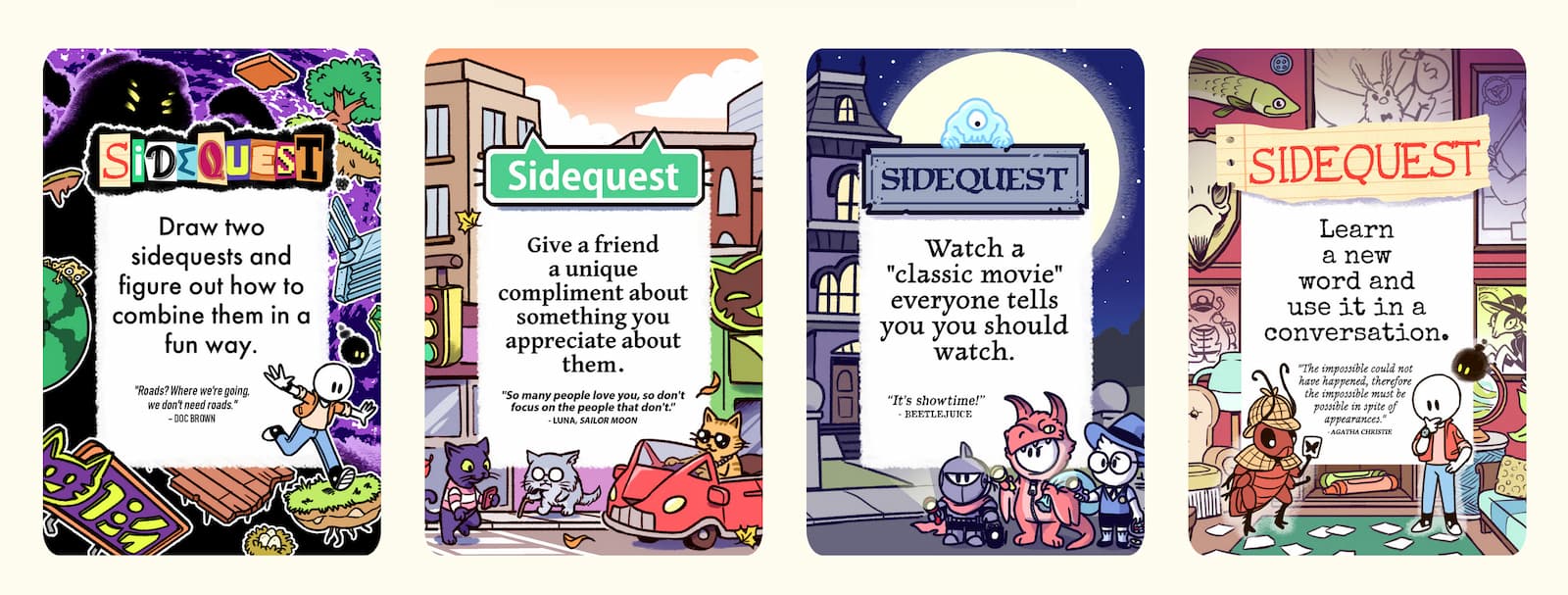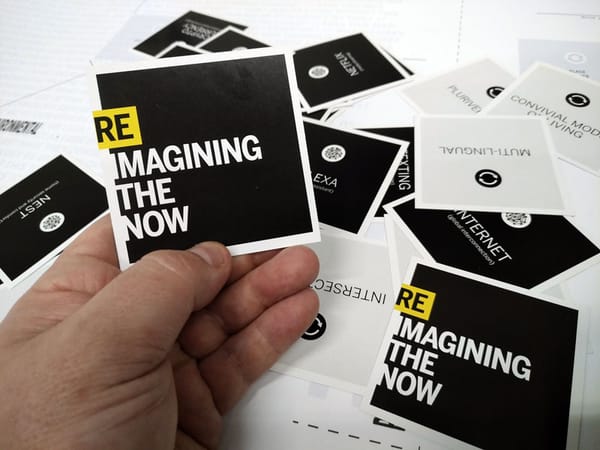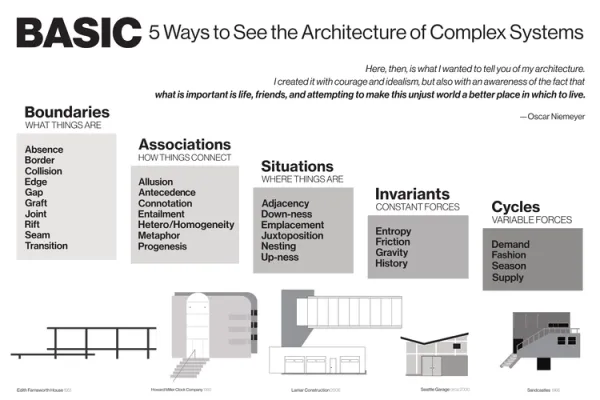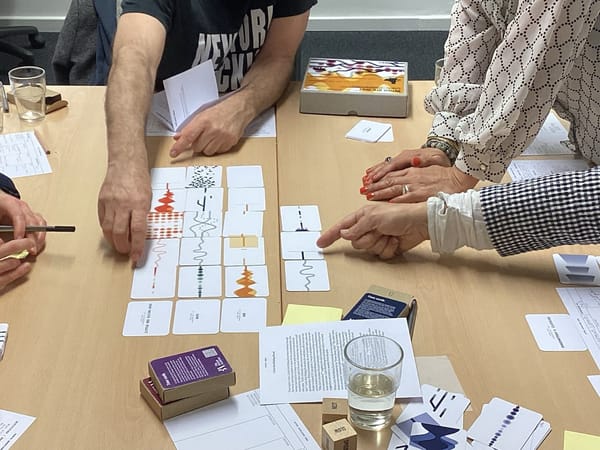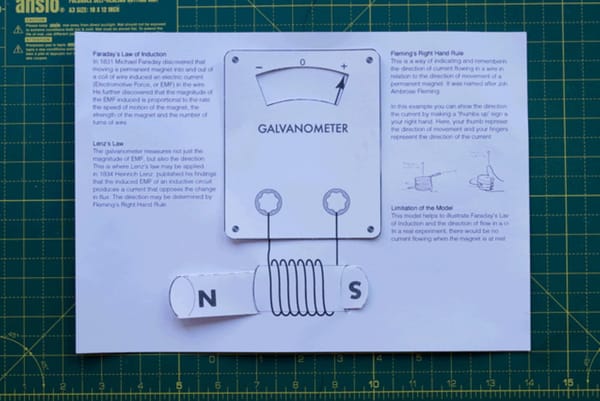№ 97 | Workshops and Wizards Cards, Human Agency Scale, System Health Over Time, 10 Notable Data Visualizations, Your Brain as a Closet, Two Org Frameworks from John Cutler, ‘A Busy, Busy Day at the Airport’, and SideQuest Decks!
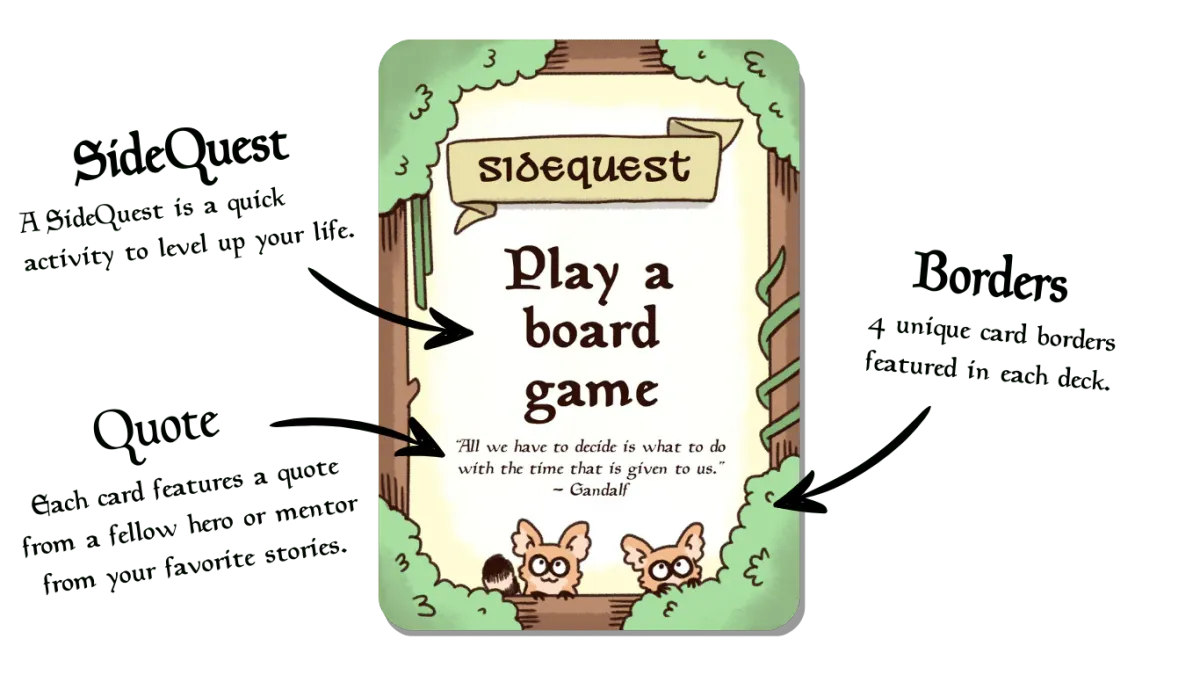
Your regular dose of playful things to think with, and think about!
Workshops and Wizards cards (UPDATE)
A few issues ago, I shared an early prototype of the Wizards & Workshops cards from James Smart, a small set of fantasy themed ‘kudos’ cards participants can give to each other during a workshop. Now, just a few months later, James has announced the Workshops & Wizards facilitation deck, with more cards, levels, and professional illustrations!
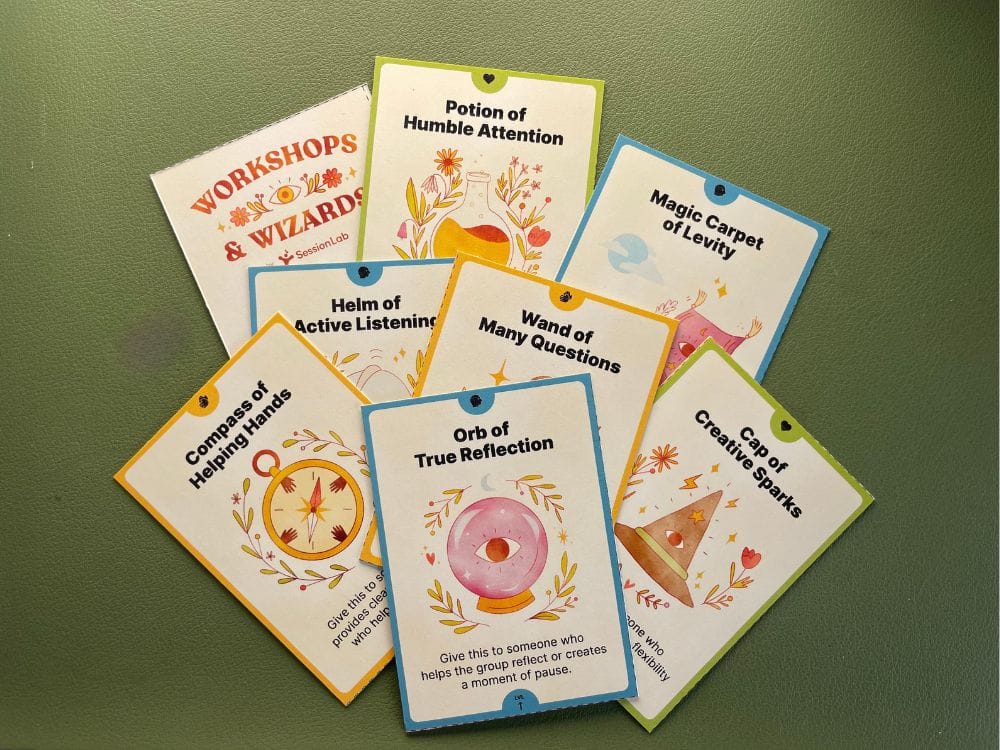
Human Agency Scale
I hear so much about AI replacement vs AI augmentation. And there’s also the similar—but different—‘Centaurs and Cyborgs’ metaphor used to describe our relationship with AI. In contrast to these binary concepts, I kind of prefer the more nuanced levels explored in this Human Agency Scale (LI) pulled from a recently published paper “Future of Work with AI Agents: Auditing Automation and Augmentation Potential across the U.S. Workforce.”

System health over time
There’s something about this visual representation that has stuck with me. While the context is broadly about the varying health levels of a system over time, I can’t help but think about how this could be used/modified in more narrow contexts—cybersecurity, social ties, futurist work, and so on.
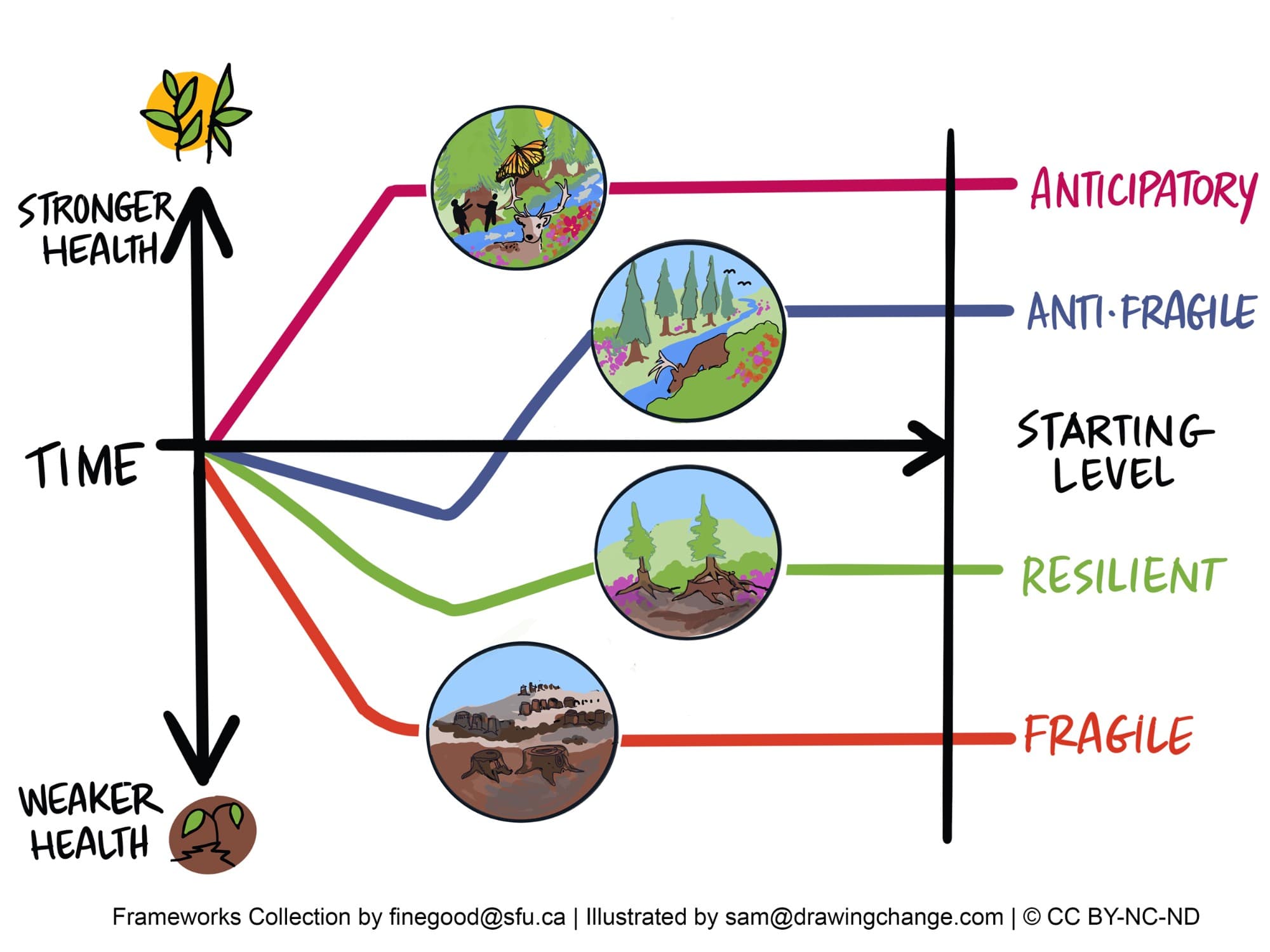
10 notable data visualizations
Here’s a nice roundup of data visualizations, with a rich bit of commentary as to the social significance of these visualizations.
Each visualization here did more than just display numbers. Some fueled reform or challenged injustice, while others reshaped how we think about data.
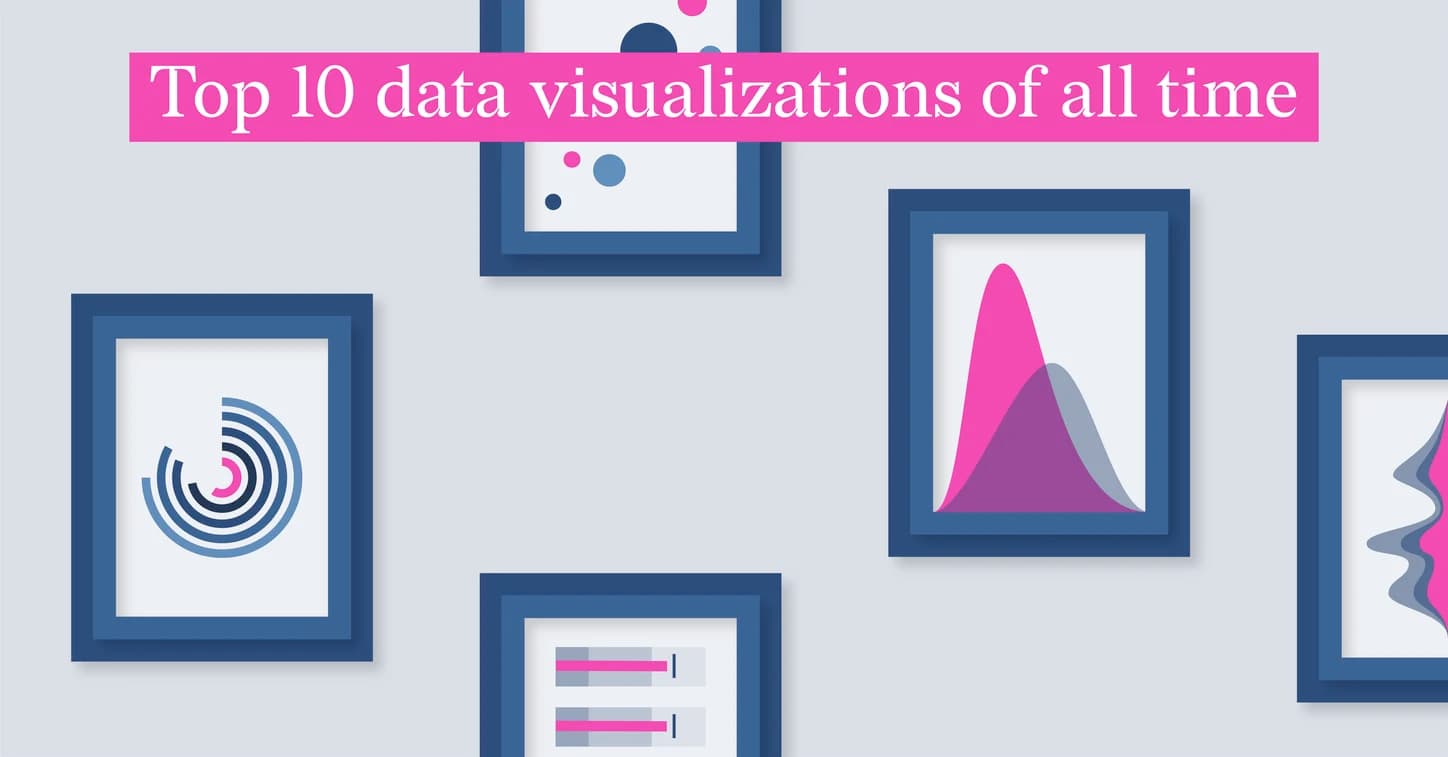
Your brain as a closet
Ever the visual sensemaker, I often talk about creating the map (a conceptual map!), to organize for understanding. In other contexts, I might cite the idea of zooming out to zoom in from Elaboration Theory. We could also get geeky and talk about schemas and mental models. But… the concepts are essentially the same: We need an organizing structure in or upon which to hang new knowledge, for new knowledge to make sense, and/or be retained.
I recently caught up with my friend Julie Dirksen, and among other things, she mentioned this oldie-but-goodie she wrote back in 2009: “Why Your Brain is a Closet.” Same concept, but using the brilliant metaphor of clothes in a closet.
Information is like all the clothes and stuff we acquire:

For this knowledge to be useful to us, we need shelves and hangers upon which to organize things:
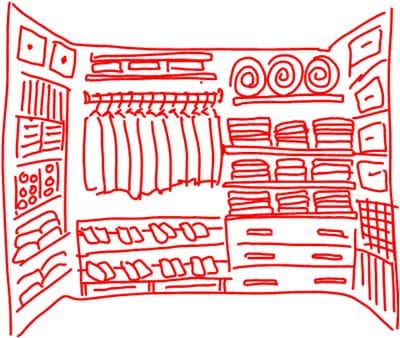
😍
Speaking of sensemaking frameworks…
Two org frameworks from John Cutler
Here are two org related frameworks from John Cutler that I recently saved. I’ll be working with a new company soon (🎉), and I figured these (or something like these) could be very useful for my own sensemaking and orientation.
The first is a brilliantly simple way to connect the dots between “Intent” (think goals, epics, bets) and other fundamental areas of focus for an org.
Here's a basic framework I use with Dotwork customers to tease out the different entities and signifiers they use as part of their operating system. The basic distinction is: Context, Intent, Collaboration, and Investment.
I've been mentally testing these four categories—Context, Intent, Collaboration, and Investment—and they’re fabulous containers for most activities an organization is concerned with.
The image below is a slightly more complicated version, with a time/rate-of-change component layered onto these categories (the circles):
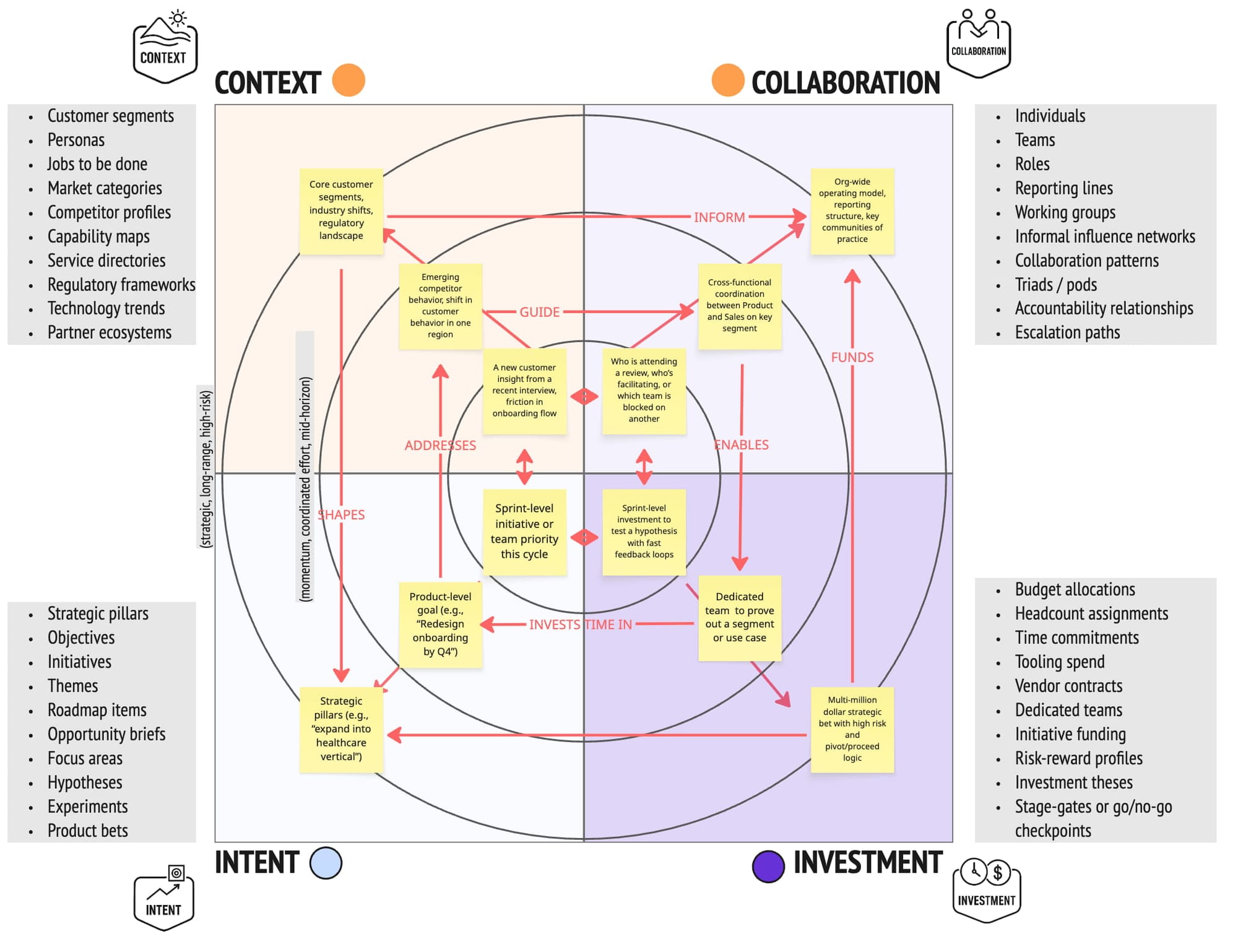
The other framework—labeled Operating Fabric—is more about exploring how a company operates…
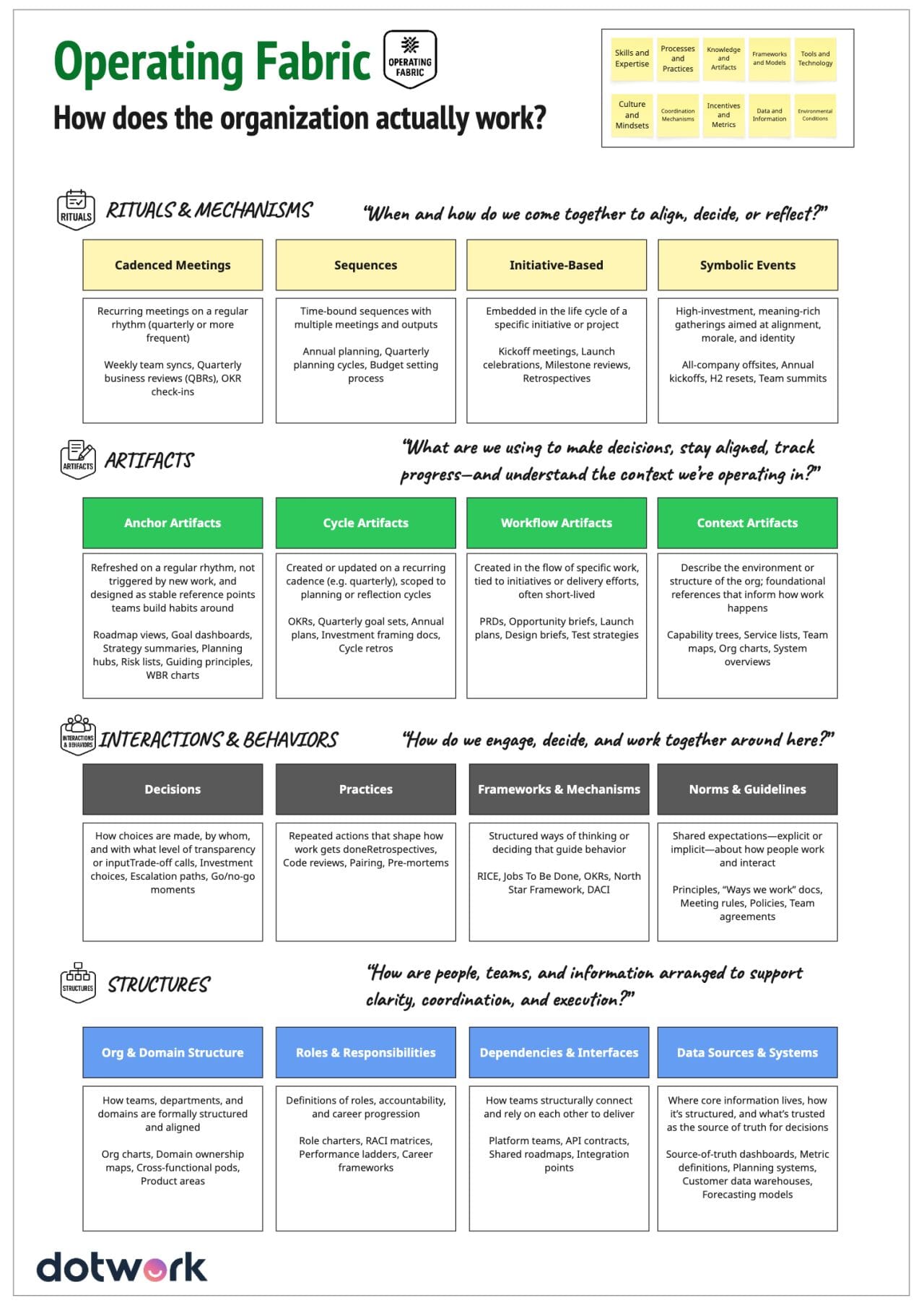
“A Busy, Busy Day at the Airport”
“Look, it’s a page from a Richard Scarry book. Oh, wait…” 😬
File under satire as a thing to think with. [source]
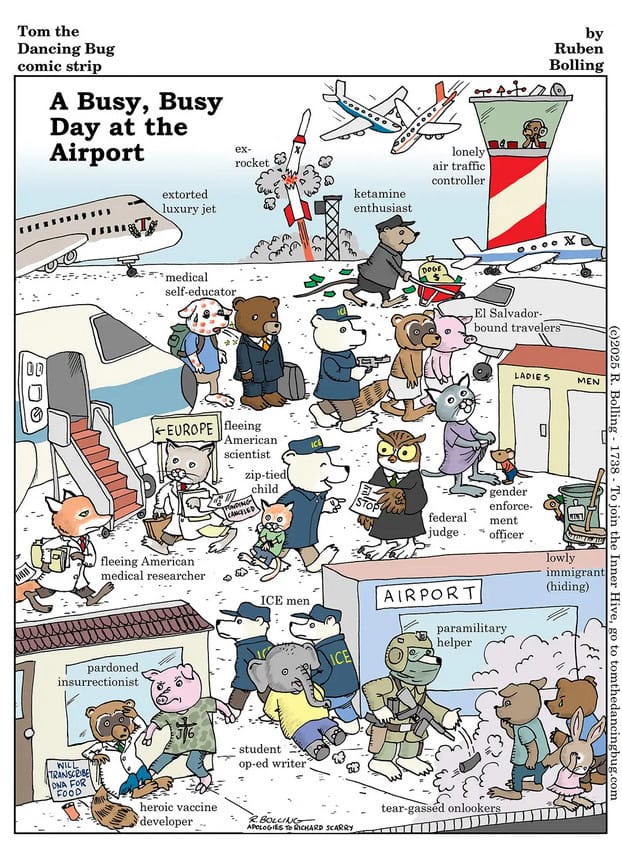
Lest we end on that note…
SideQuest Decks
I am enamored with these SideQuest Decks. Ever since our creative challenge to create a real-life character sheet, I’ve been collecting more examples of adding a ‘fantasy’ layer to real-world activities. Aside from the framing of these activities as a quest, and the delightful illustrations, the challenges on these cards appear to be fun and thoughtful!
